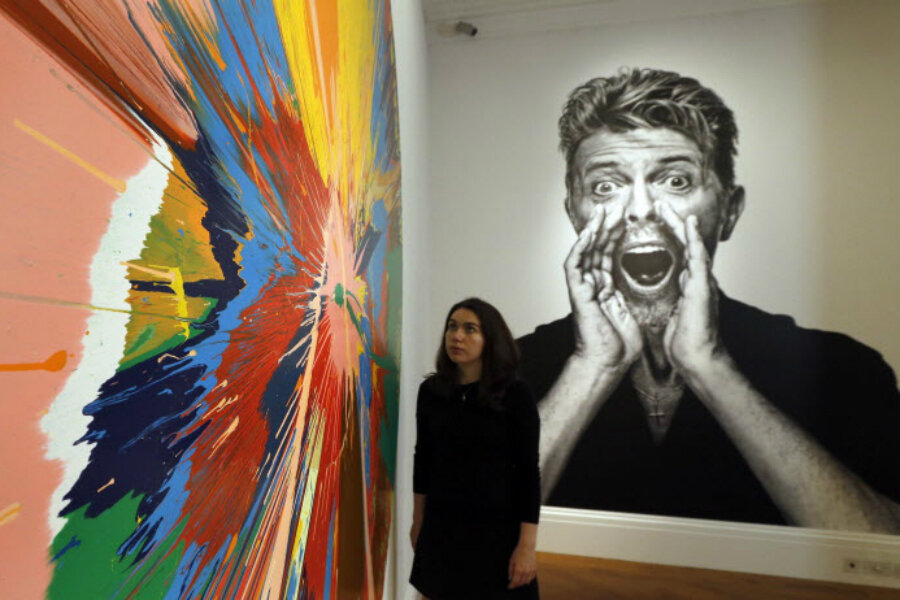Want to see the Mona Lisa? There's an app for that.
Loading...
You no longer need to be in Paris to experience Leonardo DaVinci’s Mona Lisa. With its newly restored Arts & Culture app and website, Google is making art more accessible than ever.
The art aggregating tool launched in 2011 as the Google Art Project, with the goal of making art more readily available. After a recent renovation, the app is back with new features, more educational content, and a more visually pleasing interface. It now allows users to search by artist, medium, subject, color, and location – or even virtually tour some of the world’s most famous museums.
“Just as the world’s precious artworks and monuments need a touch-up to look their best, the home we’ve built to host the world’s cultural treasures online needs a lick of paint every now and then,” Google executives wrote in a blog post on Tuesday. “We’re ready to pull off the dust sheets and introduce the new Google Arts & Culture website and app, by the Google Cultural Institute. The app lets you explore anything from cats in art since 200 BCE to the color red in Abstract Expressionism, and everything in between.”
The most original feature in the updated version is the art recognition tool. Users can hold their phone up to a work of art and the app will identify it and provide the digital equivalent of the information panel on the wall in a museum. This feature could prove particularly useful in overcoming language barriers for travelers at museums.
But if you don’t have a physical museum to go to, Arts & Culture allows you to not only see artwork from all over the world, but explore the museums themselves, Google street view-style, through your screen – or through Cardboard, Google’s low-cost take on virtual reality.
“The whole thing is pretty fun to play around with, if still a bit clunky,” art critic Ben Davis wrote in a review of the updated app for Art Net. “It packs almost too many features together with the seeming grand ambition of becoming the one-stop web portal for art aficionados, and feels a bit like a palatial new trophy museum that you slowly realize was built by robots who aren’t totally sure what anything really means.”
In 2011 when the project first launched, there was some difficulty getting museums on board.
“One thing was curation. We really didn't want to come in and say: hey, we're going to curate all of this for you. The idea was that we would give the museums the technology, and then they choose what they want to put up online,” Amit Sood, director of Google’s Cultural Institute, told The Guardian. “The final thing was the rights. We worked really hard with our legal teams and the museums so that we could say to them: you will always own the rights and you have the right to take down content at any time.”
Arts & Culture brings together art from all over the world – more than even the best-traveled art lover could see in a lifetime – and brings it all together in one place.
"I have zero background in art or history," Mr. Sood told Wired. Growing up in India, he didn’t have access to museums, but after working in New York, Stockholm, Singapore, and Belgium, he came to love them, and now he wants to share their treasures with the digital world.
"We want to be a bridge between culture and technologies like VR [virtual reality]," he says.






